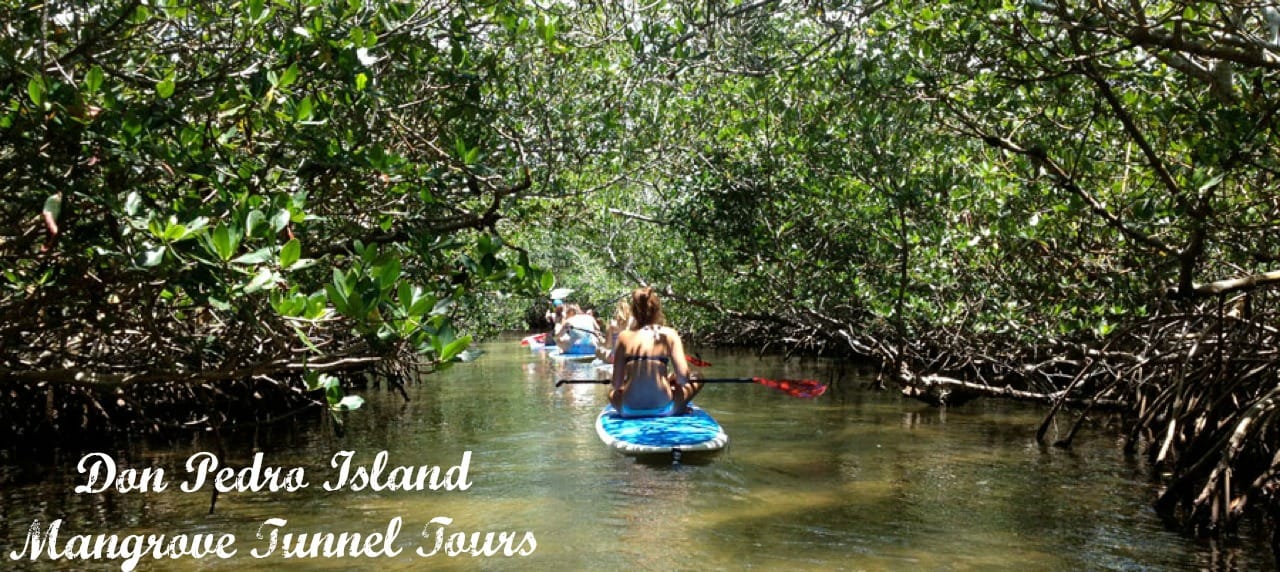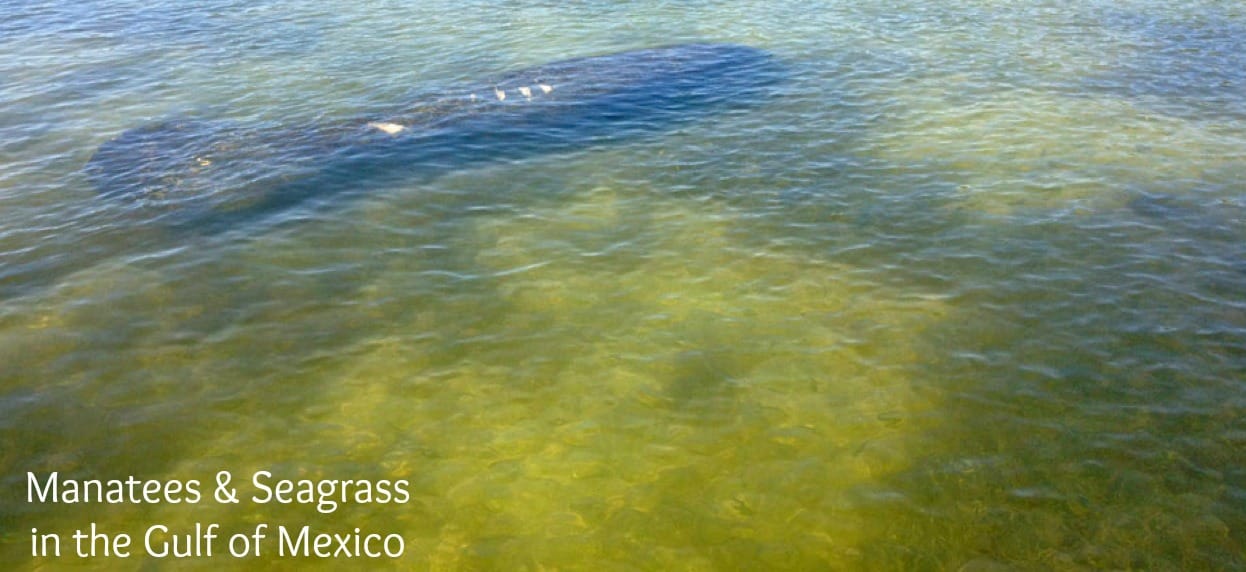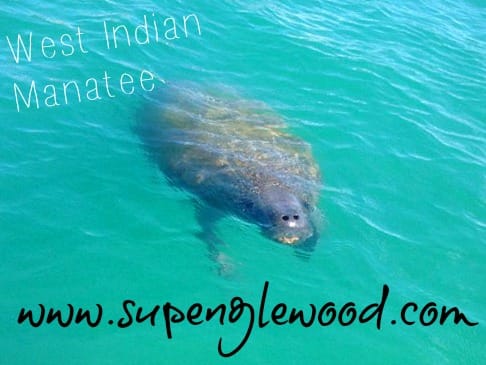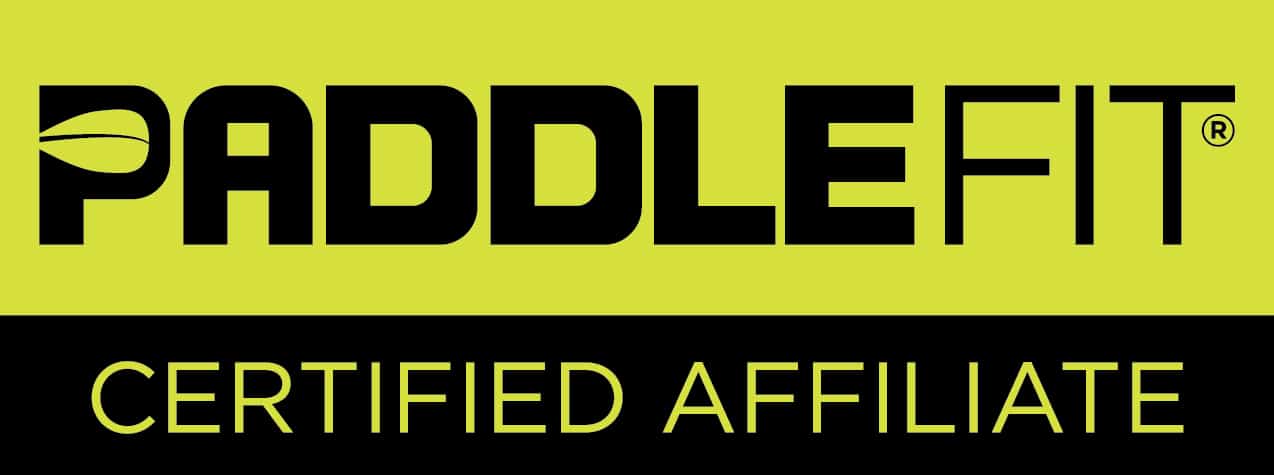
Florida Mangroves
Unveiling the Mysteries of Florida’s Mangroves: A Kayaker’s and Paddle Boarder’s Paradise
Why Mangroves Matter
Florida’s Gulf Coast is more than just a haven of white sand beaches and crystal-clear waters. It’s also home to one of nature’s most fascinating ecosystems—mangroves. These unique trees not only add to the state’s tropical allure but also play a crucial role in maintaining a balanced ecosystem. In this blog post, we’ll delve into the wonders of Florida’s mangroves. Discover why they’re a must-visit for kayakers and paddle boarders alike.
The Three Musketeers: 3 Types of Mangroves in Florida
Florida is home to three primary types of mangroves: Red, White, and Black. Each has its unique characteristics and preferred habitats:
- Red Mangroves: Often found closest to open water, these mangroves are easily recognizable by their intricate root systems that appear to be standing on stilts.
- White Mangroves: These are usually found further inland and can be identified by their leaves, which have small glands at the base.
- Black Mangroves: Known for their resilience, Black Mangroves can regrow from their roots even after harsh winters. They are generally found farther north compared to their Red and White counterparts.
The Mangrove Metropolis: A Hub of Biodiversity
Mangroves are not just trees; they are bustling communities of life. Their root systems provide a safe haven for a variety of fish species like snook, mangrove snapper, sheephead, and red drum. Above water, their branches serve as roosting sites for birds such as the brown pelican. This rich biodiversity makes mangroves a hotspot for eco-tourists and wildlife enthusiasts.
Navigating the Green Tunnels: Kayaking and Paddle Boarding in Mangrove Forests
One of the most magical ways to explore these natural wonders is by kayaking or paddle boarding through mangrove tunnels. Places like Don Pedro Island State Park offer an unparalleled experience. Paddle through estuaries teeming with starfish and soft coral, and discover hidden saltwater lagoons that are a gateway to Florida’s barrier islands.
The Legal Side: Mangroves are Protected
It’s essential to remember that mangroves are federally protected plants. Trimming or altering them in any way without a permit is illegal. This protection ensures the survival of the delicate ecosystems that rely on these trees.
The Call to Adventure: Why You Should Book a Mangrove Tour Today
Whether you’re a seasoned kayaker or new to paddle boarding, exploring Florida’s mangroves offers an adventure like no other. Not only will you get up close and personal with some of Florida’s most diverse wildlife, but you’ll also be paddling through some of the state’s most scenic waterways. So why wait? Book your mangrove adventure today and experience the natural beauty of Florida’s Gulf Coast.
The Mangroves are Calling
Florida’s mangroves are more than just trees; they are a vital part of the state’s ecosystem and a treasure trove for adventurers. So the next time you find yourself on Florida’s Gulf Coast, make sure to take the time to explore these natural wonders—you won’t regret it.



